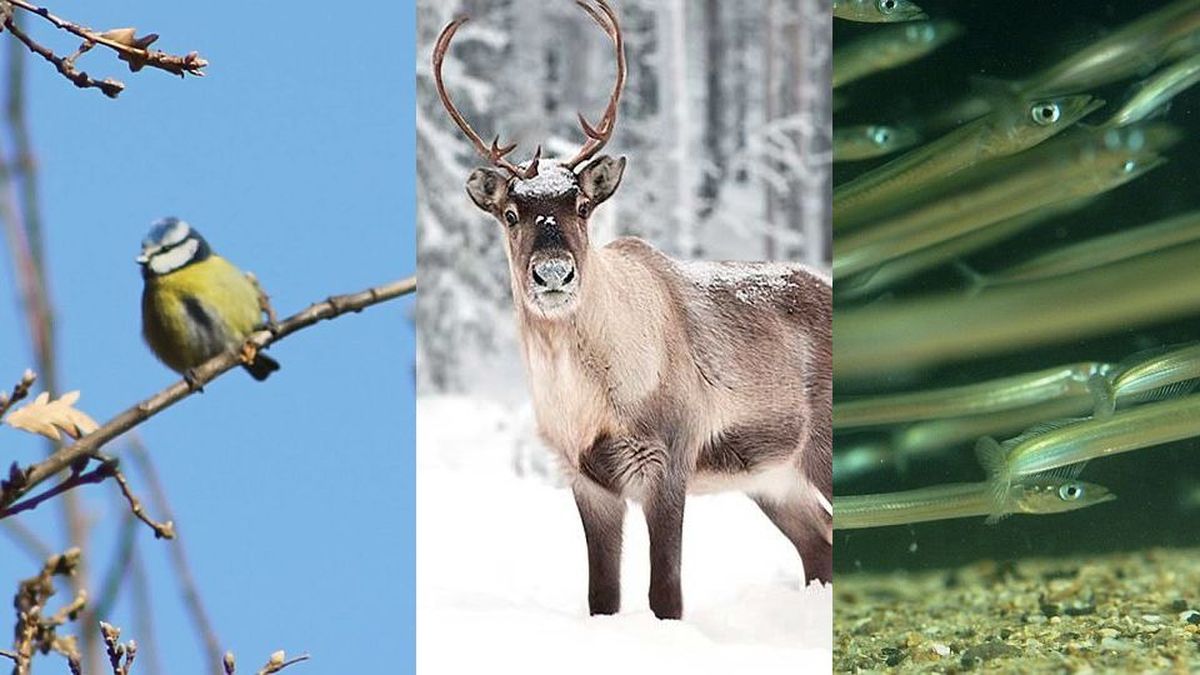The research was carried out by an international team including ecologist Lydia Beaudrot of Michigan State University and was published in the Proceedings of the Royal Society. His studies are focused on tropical ecology and the conservation of these ecosystems.
Human expansion has caused significant changes in some of the darkest places on the planet, such as the shadowy undergrowth of rainforests. Therefore, scientists are exploring what happens in these ecosystems at night.
According to Beaudrot, this research could provide valuable information on the effects of habitat degradation on tropical species.
Hunter’s Moon.png
Almost half of the species presented some behavioral change linked to the lunar phases.
Research method
To analyze how tropical mammals respond to variations in light, The team used 2.1 million photographs taken by cameras in 17 protected rainforests on three continents. These images come from the Tropical Ecology Assessment and Monitoring (TEAM) Network, which Beaudrot described as an “invaluable resource for the scientific community.”
TEAM has implemented a standardized data collection system across a global network of parks equipped with camera traps. This approach provides a rich set of data that allows researchers to examine changes in tropical ecosystems.
The analysis of the images allowed us to observe how the nocturnal behaviors of 86 species of mammals vary depending on night light levels. Beaudrot, who is an associate professor in the Department of Integrative Biology at Michigan State University, noted that “for tropical forest animals that are active at night, not all nights are the same. In fact, the activity of certain species depends considerably on the moon“.
Divergent behaviors in animals
Among the 86 species studied, 12 actively avoided moonlight, while three were more active during brighter nights. These species demonstrated the most prominent reactions, according to Richard Bischof, a professor at the Norwegian University of Life Sciences.
almost half of the species analyzed They presented some behavioral change linked to the lunar phases. In general terms, a 30% avoided moonlight, while 20% showed an attraction to it. These changes ranged from modifications in the time of activity to the decision of whether or not to go out to hunt or move. For example, many of the nocturnal species that avoided the full moon were rodents, which could be related to their eating habits and their position in the food chain as predators or prey.
Bischof explained that light, even if dim, can make it easier to find your way in the dark.but at the same time it exposes the animals to being detected by possible predators.
Light impacts
High light levels can encourage foraging and movement of species, but also increase the risk of being seen. This phenomenon raises concerns about how the degradation of forest habitats is altering the structure of animal communities.
Human development, which involves cutting down trees for land and resources, pollution and the presence of artificial lights, can interfere with the natural cycles of animals. In a modified environment, lLess dense tree canopies and artificial light could make hunting and mobility difficult for some speciesespecially those less adapted to brighter nights.
Source: Ambito
I am Pierce Boyd, a driven and ambitious professional working in the news industry. I have been writing for 24 Hours Worlds for over five years, specializing in sports section coverage. During my tenure at the publication, I have built an impressive portfolio of articles that has earned me a reputation as an experienced journalist and content creator.




